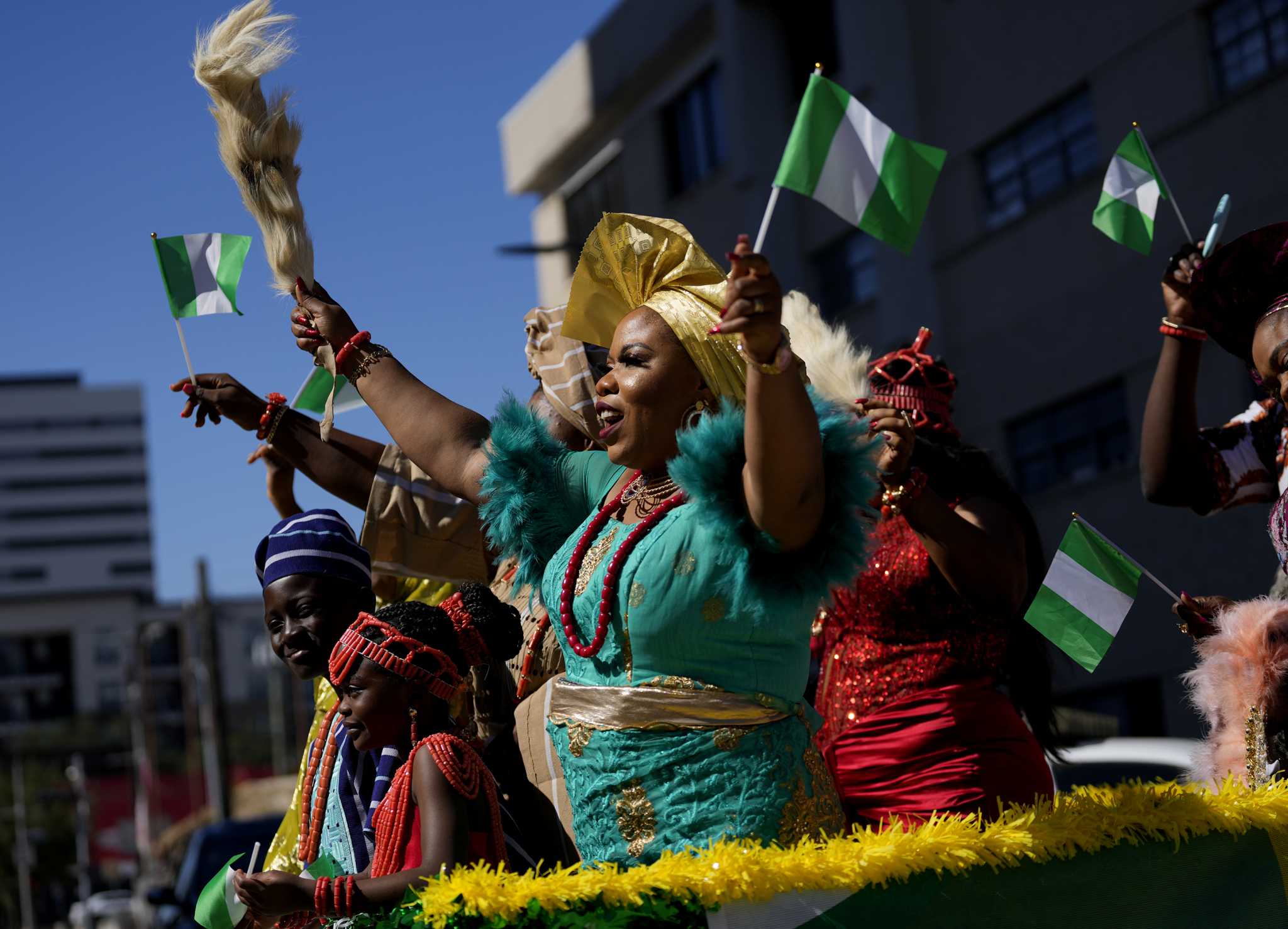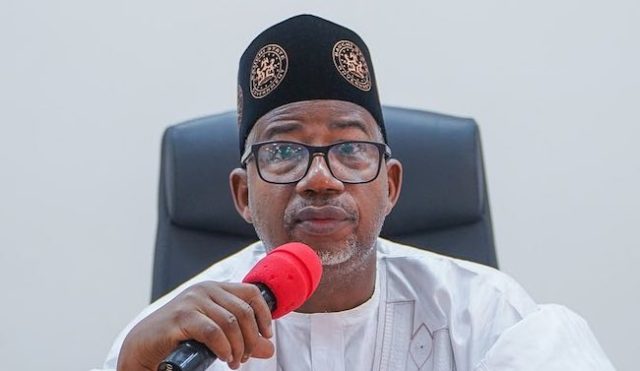Esther Bassey
As Nigeria marks yet another Independence Day today, October 1 remains a historic reminder of the country’s journey to self-rule and nationhood.
From the lowering of the British Union Jack to the raising of the green-white-green flag, this day holds deep significance for millions of Nigerians at home and abroad.
Here are five key facts about October 1:
1. Nigeria gained independence in 1960
On October 1, 1960, Nigeria officially became a sovereign nation, ending more than six decades of British colonial rule.
The independence movement was championed by nationalist leaders and political parties who demanded self-determination.
2. The Union Jack gave way to the green-white-green flag
The midnight ceremony saw the lowering of the Union Jack and the hoisting of Nigeria’s national flag, designed by Michael Taiwo Akinkunmi.
The green symbolises agriculture, while the white represents peace and unity.
3. Historic ceremony at Tafawa Balewa Square
The handover ceremony took place at the Race Course in Lagos, now known as Tafawa Balewa Square. It was attended by dignitaries from across the globe, marking Nigeria’s official entry into the community of independent nations.
4. Tafawa Balewa and Nnamdi Azikiwe took leadership roles
Sir Abubakar Tafawa Balewa became Nigeria’s first Prime Minister, leading the new government.
Three years later, in 1963, Dr Nnamdi Azikiwe became the country’s first President when Nigeria transitioned into a republic.
5. Independence Day is a national holiday
Every year, October 1 is celebrated with parades, cultural displays, presidential addresses, and public events across the country.
For many Nigerians, the day is not only about history but also about reflecting on the nation’s progress and challenges.
The post Nigeria’s Independence Day: 5 facts about October 1 appeared first on The Sun Nigeria.





